by Marguerite Kearns and Olivia Twine (as published in New York History)
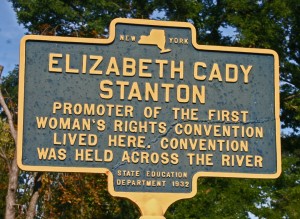 The federal government shutdown in Washington, DC may have dimmed the lights at the Elizabeth Cady Stanton house in Seneca Falls, NY, at the visitors’ center, Wesleyan Chapel, and other park site locations. But it didn’t deter our determination to continue on the blogging tour of the “Cradle of the Women’s Rights Movement in the US” that has kept us busy from late September into October 2013.
The federal government shutdown in Washington, DC may have dimmed the lights at the Elizabeth Cady Stanton house in Seneca Falls, NY, at the visitors’ center, Wesleyan Chapel, and other park site locations. But it didn’t deter our determination to continue on the blogging tour of the “Cradle of the Women’s Rights Movement in the US” that has kept us busy from late September into October 2013.
Seneca Falls took up most of our fourth day on this blogging tour that also included Johnstown, Fayetteville, Auburn, Rochester, and Farmington. Identifying what constitutes the “cradle” is an informal process we devised that highlights key locations of activism located in a geographic area of the Finger Lakes region in upstate New York that suggests a cradle shape.
These historic sites are within easy access of the New York State Thruway which makes the region an attractive and accessible destination for local, regional, national, and international travelers. Rest stops along the superhighway are loaded with state “Path Through History” leaflets and brochures, including one feature magazine where the photos of Frederick Douglass and Susan B. Anthony are prominently displayed.
At the present time there’s no definitive way to determine where to begin and end when navigating the “cradle.” Numerous historical sites in this region could qualify as destinations on a journey through this hotbed of free-thought movements.
We had to be realistic about what could be accomplished in a short time. Regular travelers would likely cover the territory more quickly and efficiently, while we lugged heavy camera equipment, lingered to photograph sites, and speak to as many people as possible along the way.
We purchased books, t-shirts, ate in local diners, and in our own way contributed to supporting the Finger Lakes region that has considerable strengths in history, arts and culture, colonial and abolitionist resources, Native American culture, an attractive landscape, and much more.
Seneca Falls, NY is a key site in the “cradle”. It’s the location of the 1848 convention that’s considered the jumping off point for the first wave of the US women’s rights movement. Other important historic sites, events, and themes are also associated with philosophical and political movements stirring the region and its residents throughout the 19th century.
Women’s rights activists were extremely active in abolition and temperance, which could have easily distracted us when our instinct was to race off in the direction of anything and everything that remotely seemed interesting. Even settling on a few representative locations still resulted in a whirlwind trip leaving us exhausted but more certain than ever about one thing.
The promotion and development of the “cradle” should be an important and essential priority for New York in its efforts to stimulate the upstate economy and lay the groundwork for a campaign to put the state in the forefront of travel destinations during the 2020 national suffrage centennial celebrating the 19th amendment to the US Constitution.
Back in 1848 there were many challenges facing the women who wrote and promoted the Declaration of Sentiments declaring that all men and women are created equal. The tasks facing those who promote the “cradle” remain equally daunting today.
Belt tightening at the Seneca Falls national park site has been ongoing for some time. Federal employees have been called upon to do more with limited resources. And uncertainty about additional funding for a Votes for Women History Trail only adds to the complexities associated with doing more for less money or nothing at all.
The Votes for Women trail is a proposed federal initiative that would highlight 20 historic sites, including many of those on our own “cradle” blogging tour this fall. In addition, New York State has an incomplete women’s heritage trail initiative that encompasses more than the suffrage movement. Funding to complete this state trail is supported by many New Yorkers, but whether or not funding is possible during future legislative sessions in Albany remains to be seen.
The creation of a federally-funded Votes for Women auto trail doesn’t involve the pouring of concrete, the construction of new roadways, the erection of bridges, or a delivery of bricks for new buildings. It remains, however, a significant undertaking that has advanced to the stakeholder criteria phase. A Votes for Women trail has the potential of manifesting the vision of a clearly-identified “cradle” of the women’s rights movement in the US. But realistically, what are its chances of success?
An optimistic interpretation of the significance of reaching the stakeholder phase is by no means assured without additional federal funding. Some commentators question if completing this stakeholder criteria phase is an identifiable accomplishment that’s able to propel a drive to attract more visitors (and new revenues) to New York. Others suggest that reaching the stakeholder phase may simply represent a dead end.
“We really don’t know what it means,” says Noemi “Ami” Ghazala, acting superintendent of the Women’s Rights National Historical Park. “The criteria may sit there for a short time or remain there for years.” When Ghazala took on the position of acting superintendent of the federal park in August of 2012, the annual Seneca Falls visitation numbers were at 20,000. In one year under Ghazala’s watch, this number has increased 40 percent to 29,000.
The increased visitation numbers involved considerable effort and outreach, Ghazala explains, including appearances in schools, state fair visitations, and a focus on increasing the numbers. When Ghazala gazes into her crystal ball to the year 2017 (the centennial of women voting in NYS), she sees support and interest in the state centennial, though how a statewide celebration will manifest is less clear.
“Whatever happens, we’ll do our best here at the park. I emphasize to groups that raise the question of a state or national centennial that it’s important to work smarter. Let’s stop duplicating our efforts. If one organization has an event, let’s all of us go to it. We can all use the support. None of us has the resources to pull off a big celebration.”
For more information about the “Cradle” of the women’s rights movement in the United States, visit LetsRockTheCradle.com
Photos: Street sign in Seneca Falls, NY outside the home of Elizabeth Cady Stanton. Statue in national park visitors’ center. Images by Marguerite Kearns.
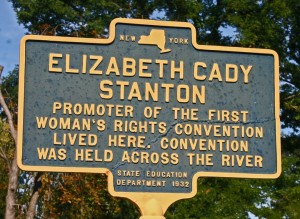
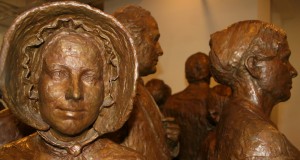
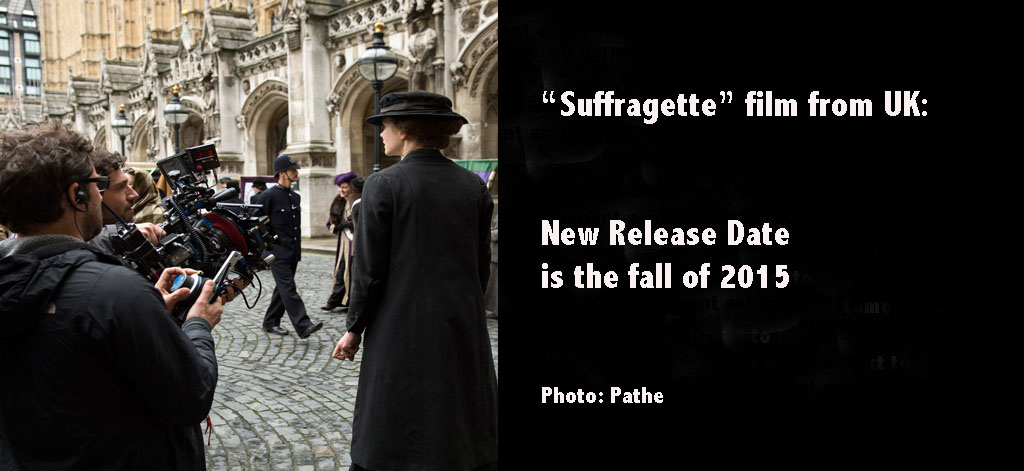
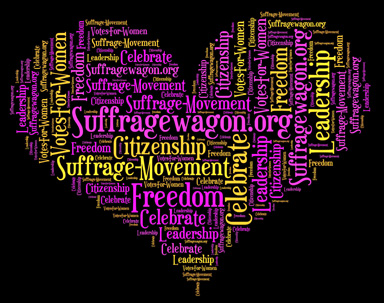
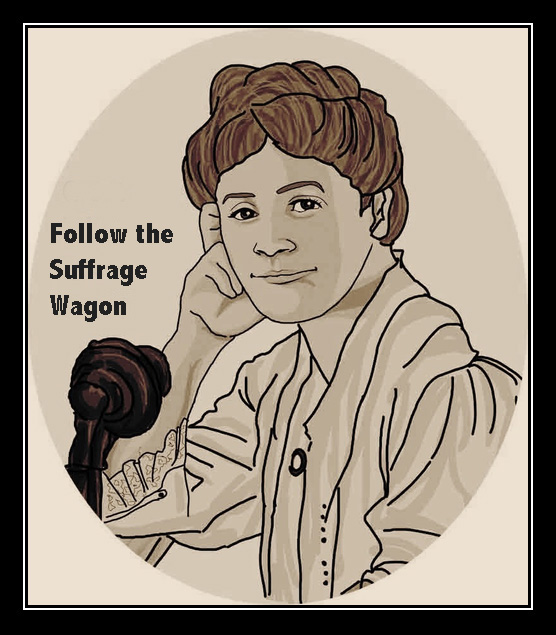
0 Comments